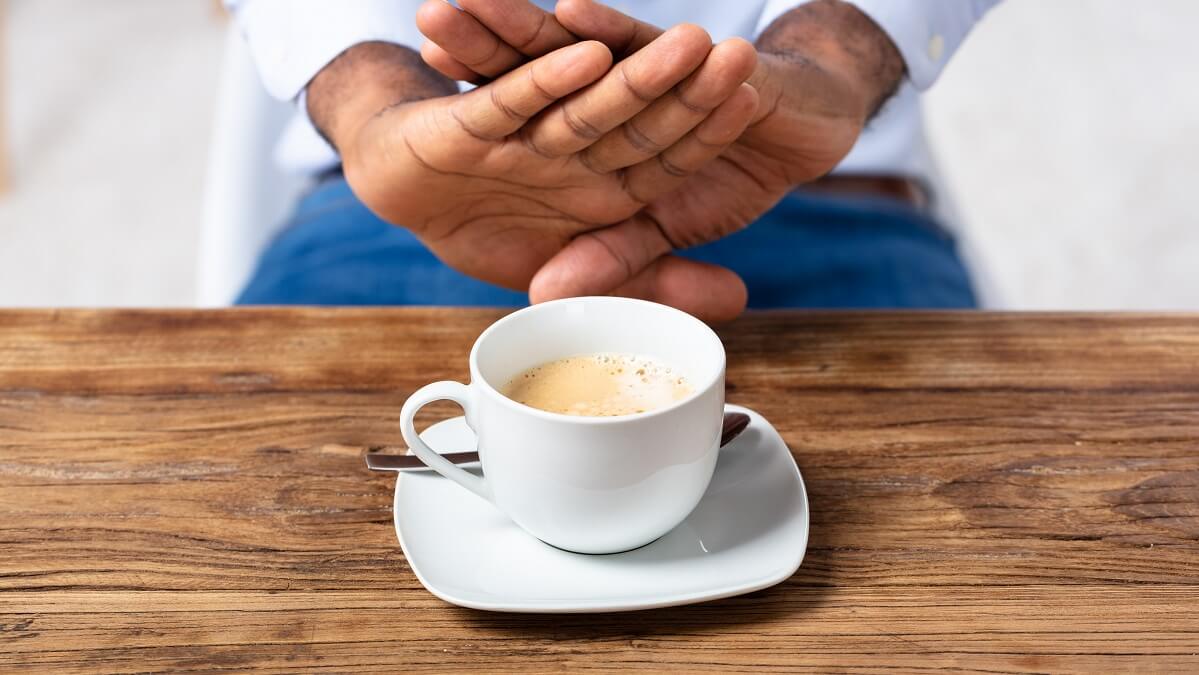The simple pleasure of enjoying a cup of coffee at a local café has become a luxury for some Australians, as the price of this beloved beverage has soared to new heights. The recent experience of a Brisbane woman, who was charged an exorbitant amount for two small coffees, has sparked a nationwide conversation about the rising costs and what it means for the average consumer.
Phoebe Parson, a content creator and podcast host, took to social media to express her disbelief after being charged $15 for two small cappuccinos on New Year’s Day. Despite being aware of the public holiday surcharge, Parson was taken aback by the cost of the 177ml drinks, which worked out to $7.50 each. Her viral video on social media resonated with many, as viewers chimed in with their own stories of ‘daylight robbery’ at the hands of local coffee shops. While some defended the prices, citing rising supply costs and higher bean prices, others are opting out of cafés altogether, choosing home brewing to save money.
You May Like
Experts are now warning that by the end of 2025, a single cup of coffee could cost between $8 and $12. This prediction is alarming for coffee lovers and could have significant implications for the Australian coffee industry, which employed almost 70,000 people as of 2023.
Wes Lambert, chief executive of the Australian Restaurant and Café Association, has pointed out that the rising costs of coffee beans are putting direct pressure on café owners. With bean prices increasing by as much as 50 per cent, up to 30 per cent of businesses could feel heavy pressure due to these increases. The supply chain, often affected by weather, is a critical factor in these cost hikes.
The price of Arabica beans, the most popular variety worldwide, has seen a dramatic increase, surpassing US$3.44 (around $5.53 AUD) and rising by more than 80 per cent in 2024. This surge is attributed to extreme weather impacting key supply markets such as Brazil and Vietnam, as well as the ongoing rise in container shipping rates and other supply chain issues.
Professor Vinh Thai of RMIT, an expert in logistics and supply chain management, has explained that these factors are contributing to the rising cost of coffee beans. Roasters may need to pass these costs onto cafes, which in turn may do the same to customers, adding further pressure to those already dealing with the cost of living.
As we navigate these challenging times, it’s clear that the humble cup of coffee has become a symbol of the broader economic struggles facing Australians. The question remains: how much are we willing to pay for our daily caffeine fix, and at what point does it become unsustainable?
Have you noticed a rise in coffee prices where you live? How has it affected your coffee habits, if at all? Share your thoughts and ideas on how we can continue to enjoy our favourite brew without the hefty price tag.

